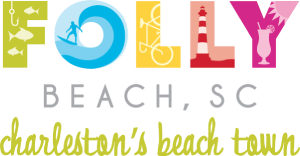ABOUT
FOLLY BEACH
Come visit us at ‘The Edge of America’ …
you’ll love life on the edge.
Folly Beach, SC – Charleston’s Beach Town
Folly Beach, South Carolina is one of America’s last true beach towns. Just minutes from historic downtown Charleston, Folly Beach is a 12 square mile barrier island that is packed with things to do, see and eat. This is a funky, laid-back, come-as-you-are kind of beach. The pace is invitingly slow, the people are captivatingly unique and the shops and restaurants will receive you with good old fashioned Southern charm and hospitality. It won’t take long for you to feel right at home.
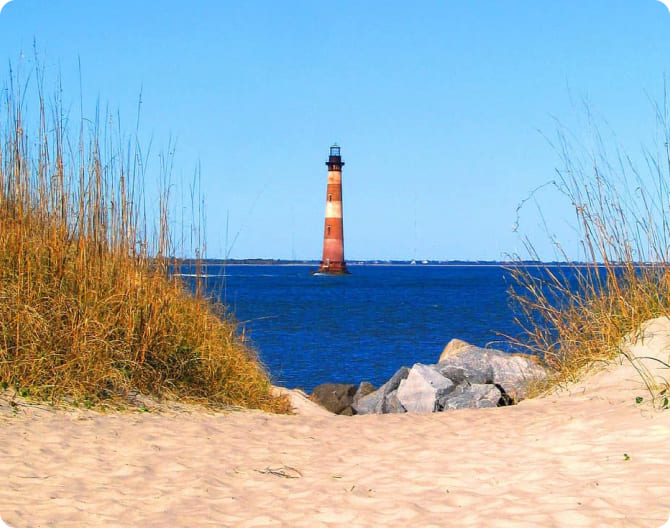
Surrounded by the Atlantic Ocean and the Folly River, visitors enjoy six miles of wide beaches, surfing, fishing, biking, kayaking, boating, eco-tours, and sea wildlife including several endangered species. The sunsets on Folly are legendary, so make sure you have plenty of space on your camera or smart phone … seriously, free up lots of space!
A few steps from the beach, downtown Folly features an eclectic array of locally owned stores and restaurants. Fun bohemian clothing, beach knick-knacks and surf shops are mixed with fantastic seafood restaurants, casual cafes and one-of-a-kind bars. With live music coming from all directions and fruity cocktails calling your name, your cares will melt away as you become lost in the Folly lifestyle. And when the sun goes down, Center Street becomes a lively mix of beach-casual nightlife and rooftop dance clubs.
Whether you need a beach front home for 20 or a romantic room for the two of you, Folly Beach is the perfect spot for vacations, reunions, beach weddings, or just a quick weekend getaway. Come visit us at ‘The Edge of America’ … you’ll love life on the edge.
Driving Distance From Major Cities
Beach Side vs. River Side:
Choose Your Folly Experience
Folly Beach, South Carolina, offers two distinct experiences depending on whether you choose to spend your time on the oceanfront (beach side) or along the Folly River (river side). Here’s a comparison to help you craft content for your website:
Beach Side of Folly Beach
The beach side is all about sun, surf, and sand. It’s the perfect destination for those looking to experience the classic coastal vibe.
Key Features:
- Beautiful Beaches: Stretching miles along the Atlantic Ocean, the sandy shores of Folly Beach are ideal for sunbathing, beach combing, and sandcastle building.
- Surfing & Water Sports: Known for its consistent waves, Folly Beach is a hotspot for surfers, paddleboarders, and kayakers.
- Fishing Pier: The Edwin S. Taylor Fishing Pier is a popular landmark where visitors can fish, take a stroll, or enjoy breathtaking ocean views.
- Sunrises: The beach side offers unforgettable sunrises, perfect for early risers and photographers.
- Family-Friendly Atmosphere: It’s a great spot for families to relax and play.
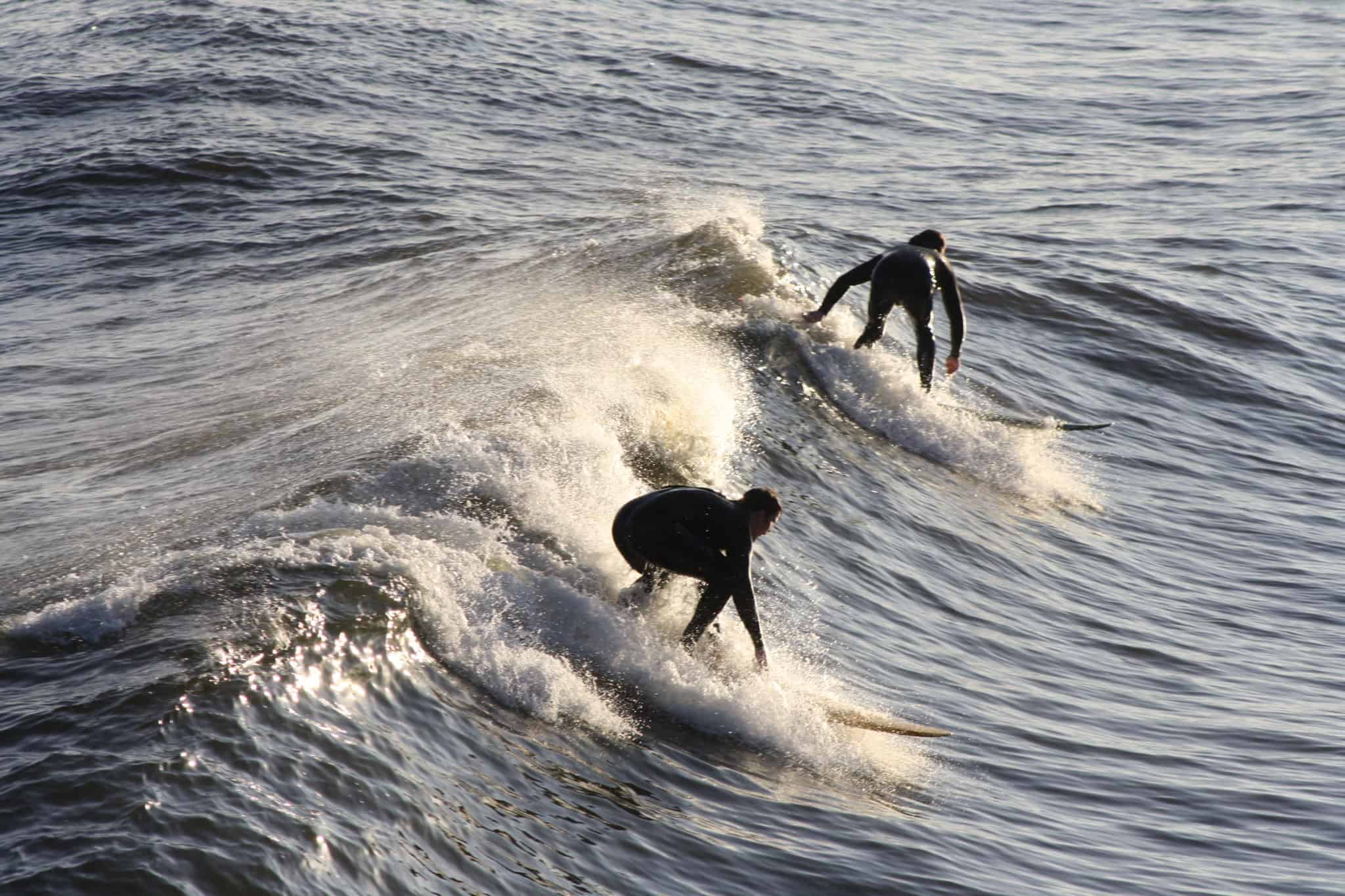
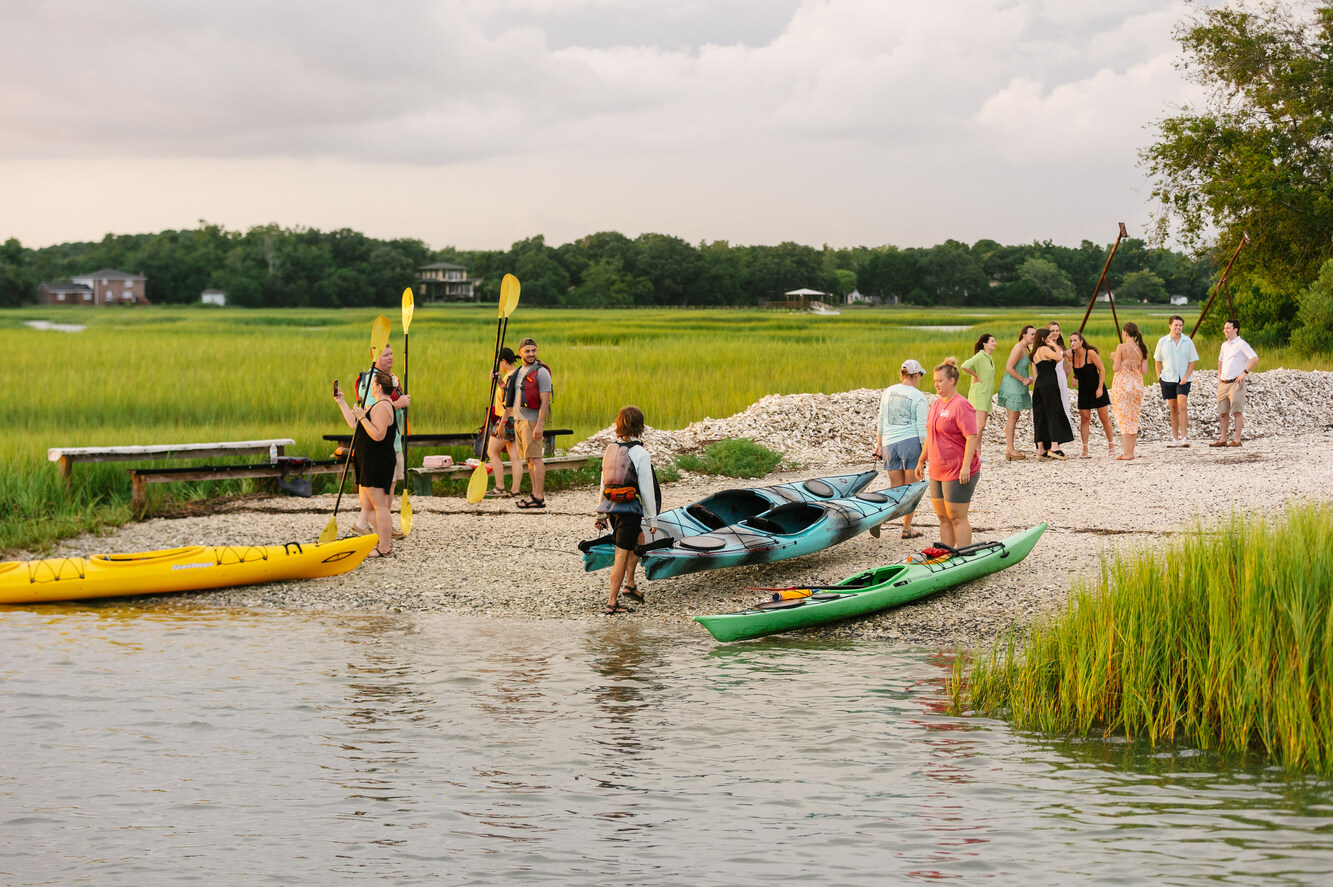
River Side of Folly Beach
The river side, along the Folly River, provides a tranquil escape with a connection to nature and calmer waters.
Key Features:
- Scenic Marshlands: Lush marshes provide a serene setting, ideal for birdwatching and soaking in the natural beauty.
- Kayaking & Paddleboarding: The calmer waters of the river are perfect for exploring via kayak or paddleboard, offering a chance to spot dolphins, crabs, and other wildlife.
- Boating & Fishing: Many visitors enjoy charter fishing trips or renting boats to explore the river and surrounding waterways.
- Sunsets: Unlike the beach side, the river side is known for its stunning sunsets, casting a golden glow over the marshes.
- Eco-Tours: Guided tours along the Folly River highlight the local ecosystem and wildlife.
Both sides of Folly Beach complement each other beautifully, so visitors can enjoy a mix of ocean adventure and riverside tranquility during their stay.
Beach Side vs. River Side:
Choose Your Folly Experience
Folly Beach, South Carolina, offers two distinct experiences depending on whether you choose to spend your time on the oceanfront (beach side) or along the Folly River (river side). Here’s a comparison to help you plan your trip:

Beach Side of Folly Beach
The beach side is all about sun, surf, and sand. It’s the perfect destination for those looking to experience the classic coastal vibe.
Key Features:
- Beautiful Beaches: Stretching miles along the Atlantic Ocean, the sandy shores of Folly Beach are ideal for sunbathing, beach combing, and sandcastle building.
- Surfing & Water Sports: Known for its consistent waves, Folly Beach is a hotspot for surfers, paddleboarders, and kayakers.
- Fishing Pier: The Edwin S. Taylor Fishing Pier is a popular landmark where visitors can fish, take a stroll, or enjoy breathtaking ocean views.
- Sunrises: The beach side offers unforgettable sunrises, perfect for early risers and photographers.
- Family-Friendly Atmosphere: It’s a great spot for families to relax and play.

River Side of Folly Beach
The river side, along the Folly River, provides a tranquil escape with a connection to nature and calmer waters.
Key Features:
- Scenic Marshlands: Lush marshes provide a serene setting, ideal for birdwatching and soaking in the natural beauty.
- Kayaking & Paddleboarding: The calmer waters of the river are perfect for exploring via kayak or paddleboard, offering a chance to spot dolphins, crabs, and other wildlife.
- Boating & Fishing: Many visitors enjoy charter fishing trips or renting boats to explore the river and surrounding waterways.
- Sunsets: Unlike the beach side, the river side is known for its stunning sunsets, casting a golden glow over the marshes.
- Eco-Tours: Guided tours along the Folly River highlight the local ecosystem and wildlife.
Both sides of Folly Beach complement each other beautifully, so visitors can enjoy a mix of ocean adventure and riverside tranquility during their stay.
Folly Map and Visitor’s Guide
Check out our interactive map that has a variety of attractions and points of interest.
Folly Beach, SC is a premier beach destination in the US and one of the most popular spots in the Charleston, SC area. With our helpful interactive map of Folly Beach and downloadable guide we make it easy to find the spots you are looking for in FB.
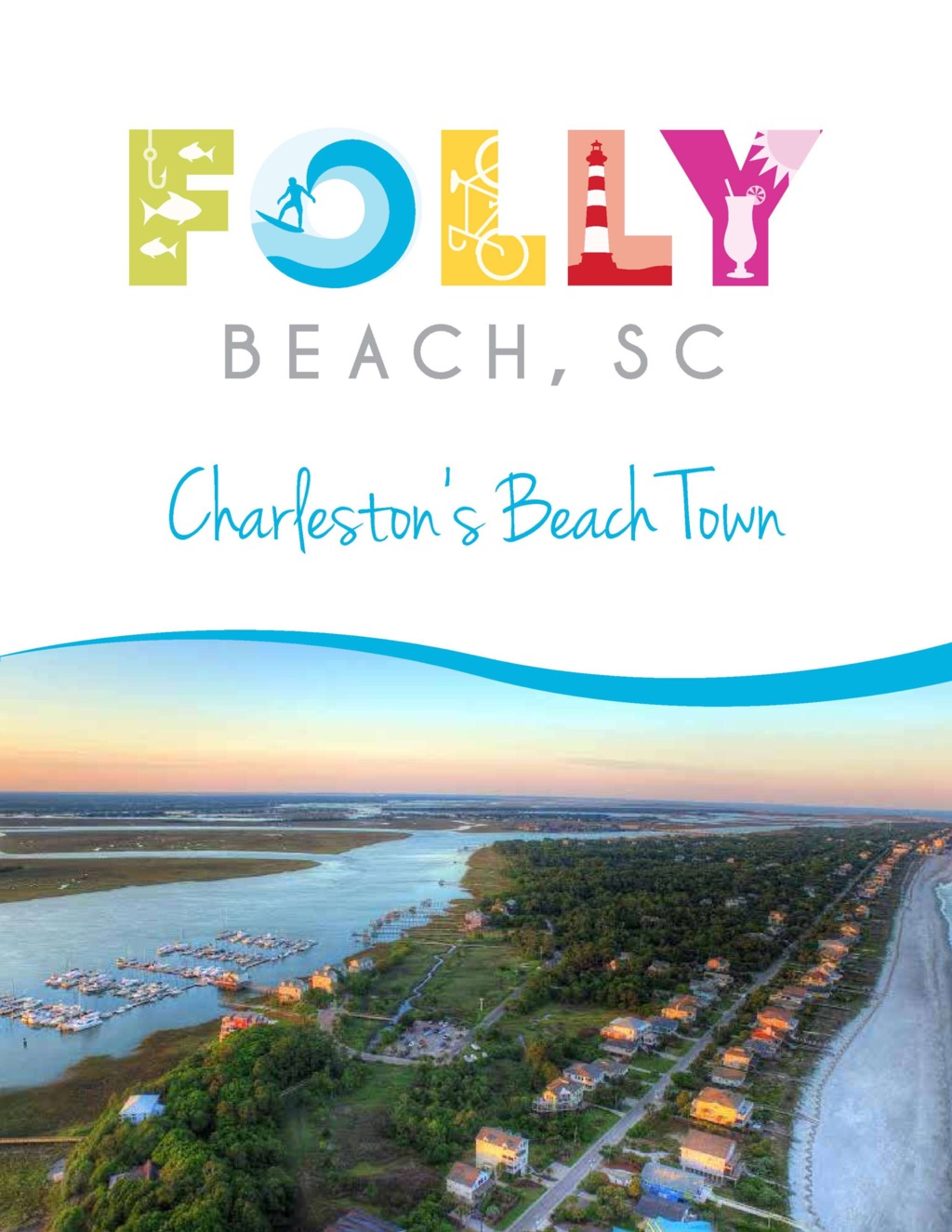
List of Public Beach Accesses
EAST: 2nd, 3rd, 5th, 6th, 7th, 8th, 9th, 10th, 12th
WEST: 210W, 3rd, 310W, 4th, 5th, 6th, 7th, 8th, 9th
*Water bottle refill stations are located at Folly Ocean Park, Wave Watch Playground, Folly Beach Community Garden and the covered Washout at 1550 East Ashley Avenue.
Public Parking
There are lots of parking options. Click on the links below for a couple of parking resources.
The City of Folly Beach parking website has a list of city parking locations and a map, plus parking rules and other info from the City of Folly Beach.
The Folly Beach Parking app has Apple and Android downloadable apps listing parking locations, rules, traffic cameras, and more.
This link has an interactive map showing parking as well as beach accesses, ADA accessibility, and more.
Additionally, several private parking lots offer hourly or daily rates. Most are on the West side of Center Street up to about the third block.
Please note that if you are parking on a roadway, all four tires must be off the pavement, or it will result in a ticket.
FAQ
Easy! Go to the Beach Rules page on this website, and there you go!
Check out our Uniquely Folly page on the website for locations of showers and restrooms, a list of public beach accesses, parking information, and more.
If you’re looking for the lay of the land, including businesses, landmarks, parks and more, go to the Map & Visitor’s Guide page on the website. Here you’ll find downloadable maps of the whole island, the downtown section, and a visitor’s guide.
There are lots of parking options. Click on the links below for a couple of parking resources.
The City of Folly Beach parking website has a list of city parking locations and a map, plus parking rules and other info from the City of Folly Beach.
The Folly Beach Parking app has Apple and Android downloadable apps listing parking locations, rules, traffic cameras, and more.
This link has an interactive map showing parking as well as beach accesses, ADA accessibility, and more.
Additionally, several private parking lots offer hourly or daily rates. Most are on the West side of Center Street up to about the third block.
Please note that if you are parking on a roadway, all four tires must be off the pavement, or it will result in a ticket.
One of the best surf areas on the East Coast, the famous Washout is the best place to surf on Folly. Located along East Ashley Avenue near 12th block, The Washout earned its name after Hurricane Hugo in 1989 wiped away a handful of beachfront homes, opening up the landscape and creating ideal wind conditions for consistent, rideable waves. Additionally, you can find great waves to ride near the Pier.
If you’re considering making Folly Beach your new home, the best source for accurate and up-to-date information is the City of Folly Beach’s official website. Their team can guide you to the right contacts, departments, and resources to help you navigate the relocation process with ease.
We are having our water drainage system updated throughout most of downtown Folly Beach. Our contractors will be digging up small areas of sidewalk, one area at a time as they make their way up one side of Center Street and down the other side. The construction will not obstruct the ability to enter any of our businesses and really shouldn’t affect your visit at all. The project is expected to be completed by spring of 2026.
The good news is that after the project is completed, most areas of standing water that we have become accustomed to after heavy rains or exceptionally high tides will no longer be an issue. Just some of the payoffs of living in such an idyllic beach town.
Please visit our Public Safety department (106 W Cooper) any time of the year to inquire about free beach wheelchair rental (credit card deposit required). For more information about wheelchairs and ADA beach accesses, go to this City of Folly Beach webpage.
While you can’t walk to the lighthouse itself, you can view it from the Lighthouse Inlet Heritage Preserve. A short trail at the far East end of the island leads to a scenic overlook.
Loggerhead turtles nest on Folly Beach from May through October. During this time, it’s important to keep lights off the beach at night and avoid disturbing nests. Click here to learn about Folly’s Turtle Season Rules.
Yes, Folly Beach is part of the Atlantic Flyway, making it a great location for birdwatching. You can spot species like herons, egrets, and osprey. Click here for more info on Folly’s Birding Hotspots.
Yes, there are several rental companies offering boats, jet skis, paddleboards, and kayaks.
Yes, a South Carolina fishing license is required for most types of fishing, whether from the shore, pier, or boat. The Folly Beach Pier offers fishing access and on-site licenses.
No, fireworks are strictly prohibited on the beach and throughout Folly Island.
No, open fires and grilling are prohibited on Folly Beach. However, some designated picnic areas in parks may allow grilling.
No, camping is not allowed on the beach or public areas on Folly Island.
Yes, you can bring umbrellas and tents 10’x10′ or less, but they must not obstruct emergency access or other beachgoers’ views.
Lifeguards are stationed at Folly Beach County Park seasonally, but the majority of the beach does not have lifeguards.
No, alcohol is not allowed on Folly Beach. Open containers are prohibited, and violators may face fines.
Yes, we have a handful of parks on the island. Click here and search “Parks” for more details.
Yes, Folly Beach is a great destination for families, offering safe swimming areas, picnic spots, and kid-friendly activities like dolphin tours and paddleboarding.
Yes, dogs are allowed on Folly Beach, but there are specific rules:
- Dogs must be on a leash at all times.
- Between May 1 and September 30, dogs are not allowed on the beach between 10 AM and 6 PM.
Folly Beach is about a 20-30 minute drive from downtown Charleston, depending on traffic.
Pick Up The Folly Current
While you’re on Folly, pick up The Folly Current, Folly Beach’s monthly newspaper, keeping you current on Folly Beach news. Pick up The Current at local shops, restaurants, and hotels or check it out online at www.follycurrent.com.

Folly Beach’s Newspaper
History Of Folly
The history of Folly Beach Island is a story of pirates, shipwrecks, soldiers, and dancing. It is a story of the hardships and hurricanes that have shaped a thriving beachside community.
1696
Folly Island was named after its coastline which was once densely packed with trees and undergrowth, as the Old English name for such an area was a “Folly.” The first official document that mentions the island is a land grant from King William III to William Rivers that dates to September 9, 1696. The island had little commercial use to Mr. Rivers so he eventually sold it. For many years ownership was passed through a series of owners who did not reside on the island. Even through this period of essentially absentee ownership, Folly Island was not deserted. The island was home to members of the Bohicket tribe, who remained until the increasing number of Europeans in Charleston forced them to move elsewhere.
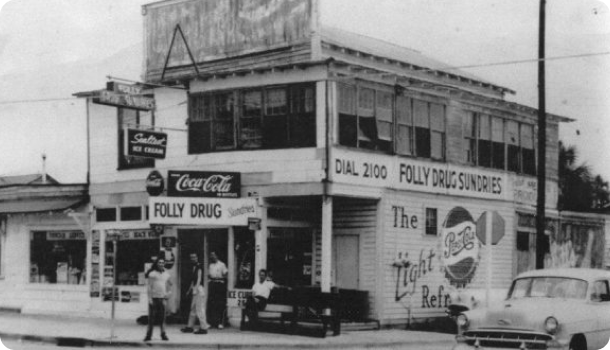
1832
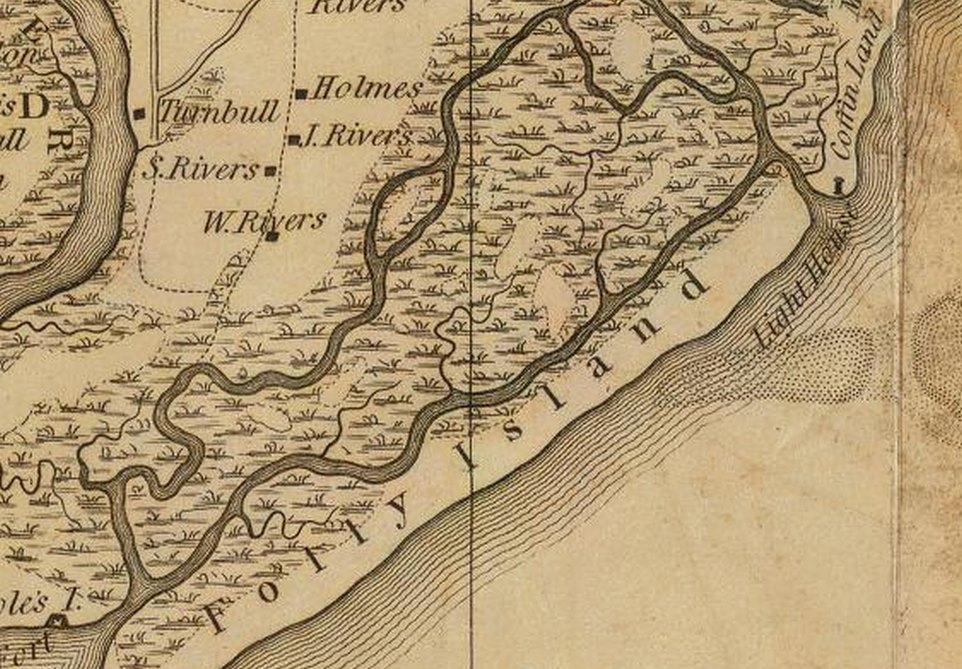
The island was also a temporary home to many people who found themselves here quite unexpectedly. These were the survivors of the shipwrecks that occurred regularly in the ocean off Folly Beach. One such group was the 120 sailors and passengers who made it to shore after the wreck of the Amelia in 1832. Their stay took a turn for the worse when officials on Folly blocked access to and from the island and put a stop to any supplies because some of the survivors had cholera.
1863
During the Civil War, Folly was occupied by Federal troops beginning in 1863. Despite the jungle-like foliage, the soldiers constructed roads, forts, an artillery battery, and a supply depot. Eventually, Folly Island had the capacity to hold up to 13,000 troops and their equipment. The Federal Army used Folly Island as its main strategic base for the battle to take Fort Sumter.
After the Civil War, Folly Beach Island was virtually abandoned. But interest slowly arose in what some people began to realize was an island beach retreat in close proximity to a major city. Folly became a melting pot for the regular folks, and temporary camps became permanent camps and later cottages.
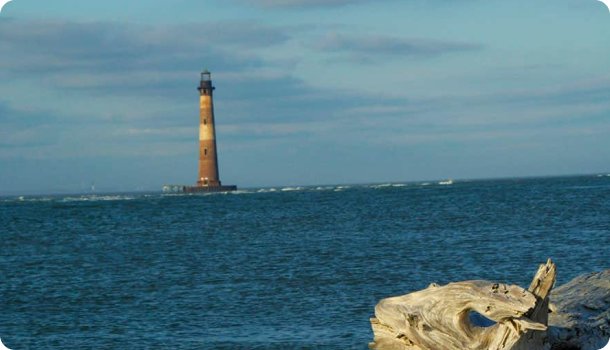
1940
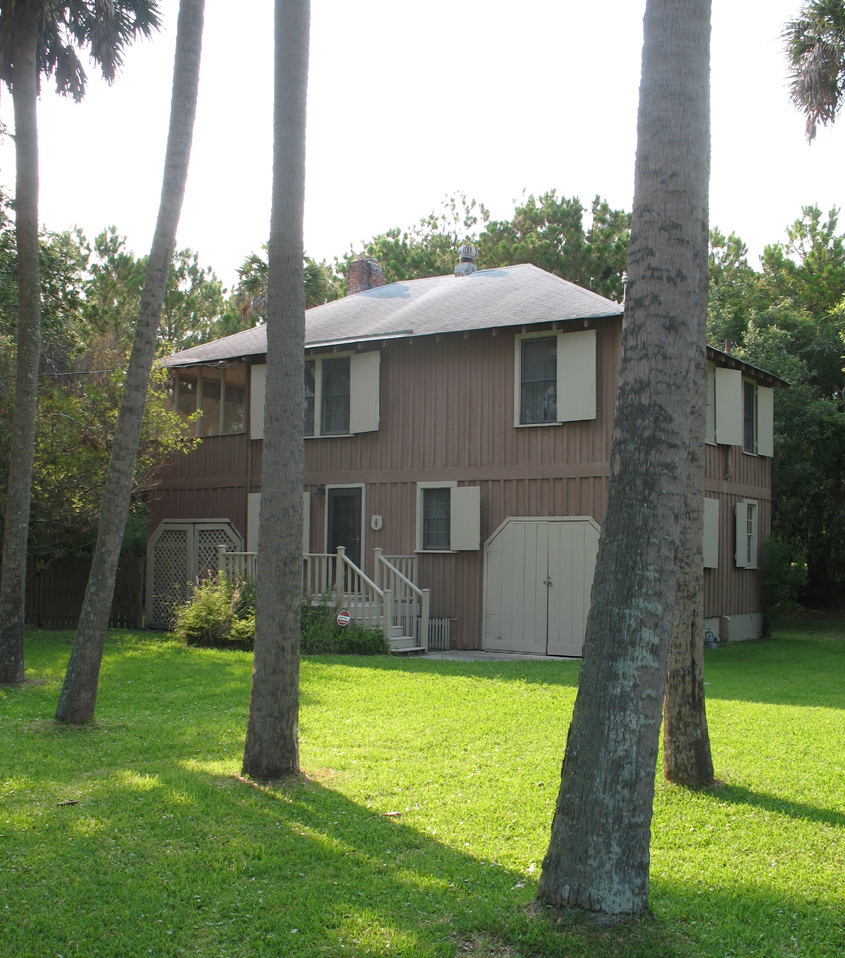
From the 1940s onward, the building work steadily proceeded, reaching a peak in the 1960s with the construction of the Ocean Plaza with its amusement rides, boardwalk, shops and pier. The Folly Pier was a musical hub for the greater community with all the big bands playing the Folly Pier from Glenn Miller to Maurice Williams. People from all over the country developed a love for the community that is, more than most, a people’s beach.
One of the most famous people to visit Folly Beach Island during these years was the composer and pianist, George Gershwin. It was while staying here that he composed the classic opera Porgy and Bess. Although only nine families actually made the island their permanent home, the construction of the Atlantic Pavilion, the Pier, the Boardwalk and the Oceanfront Hotel were clear evidence that holidaymakers were attracted to the area.
1987
In May 1987 construction workers discovered 14 bodies at the western end of Folly Beach. A subsequent investigation by the South Carolina Institute of Archaeology and Anthropology established that the remains were of soldiers from the 55th Massachusetts Volunteer Regiment. The 55th Regiment was joined on Folly by the 54th Regiment, made popular in the movie Glory. What was surprising, however, was that 12 of the bodies did not have skulls and other body parts. The bodies also had no obvious signs of battle injuries. Nobody knows why the bodies were buried this way. It’s a great mystery in the history of the Civil War!

1989
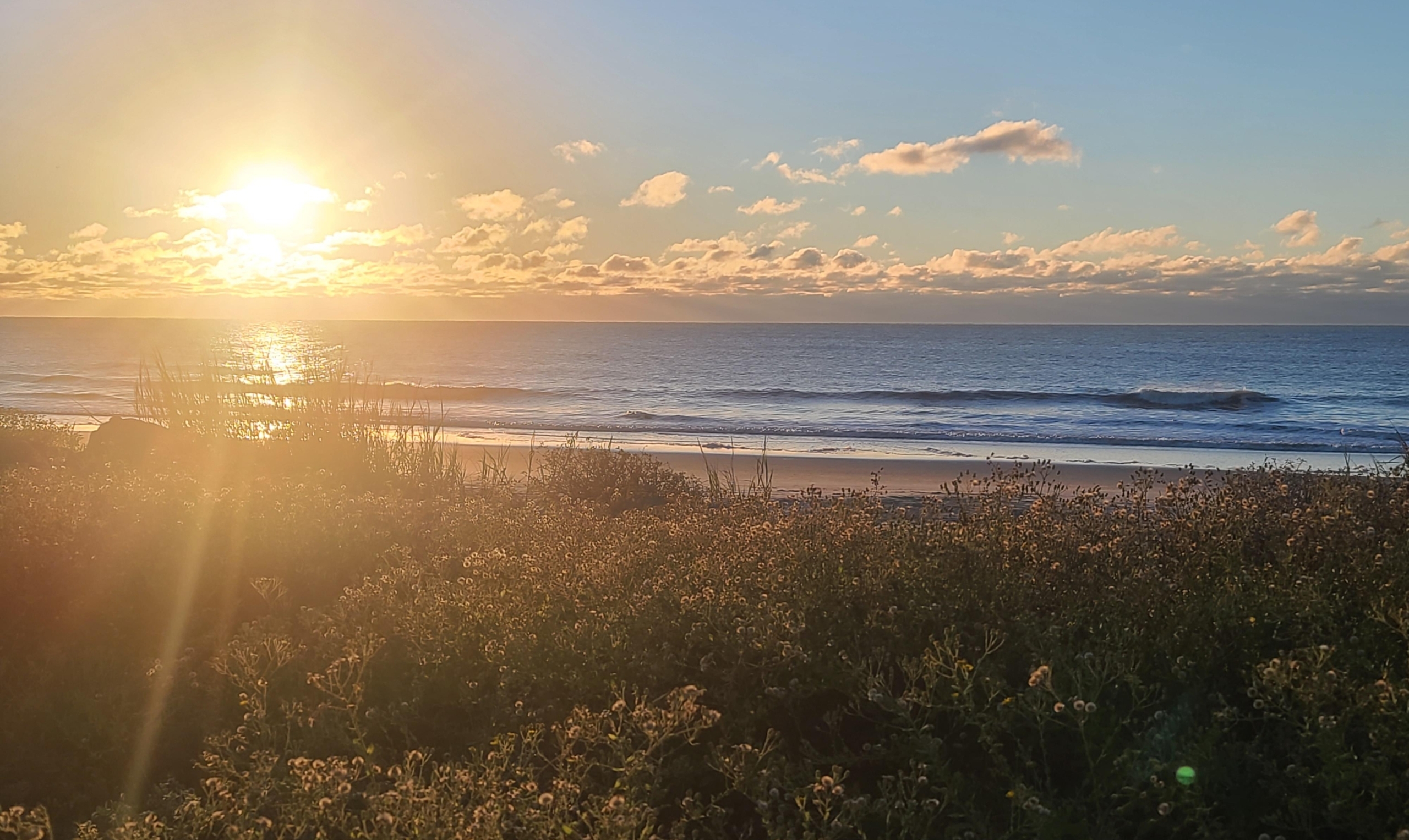
Hurricane Hugo hit Folly Beach and neighboring communities in 1989, destroying many coastal beaches and damaging homes. In true Folly spirit, the community banded together and recovered quickly. The City of Folly Beach is now home to 2400 residents and countless numbers of visitors who come to enjoy this laid-back beach community full of great food, relaxing beaches, and a quaint charm unlike anywhere else in the world!
Folly Beach –
COME STAY A WHILE

